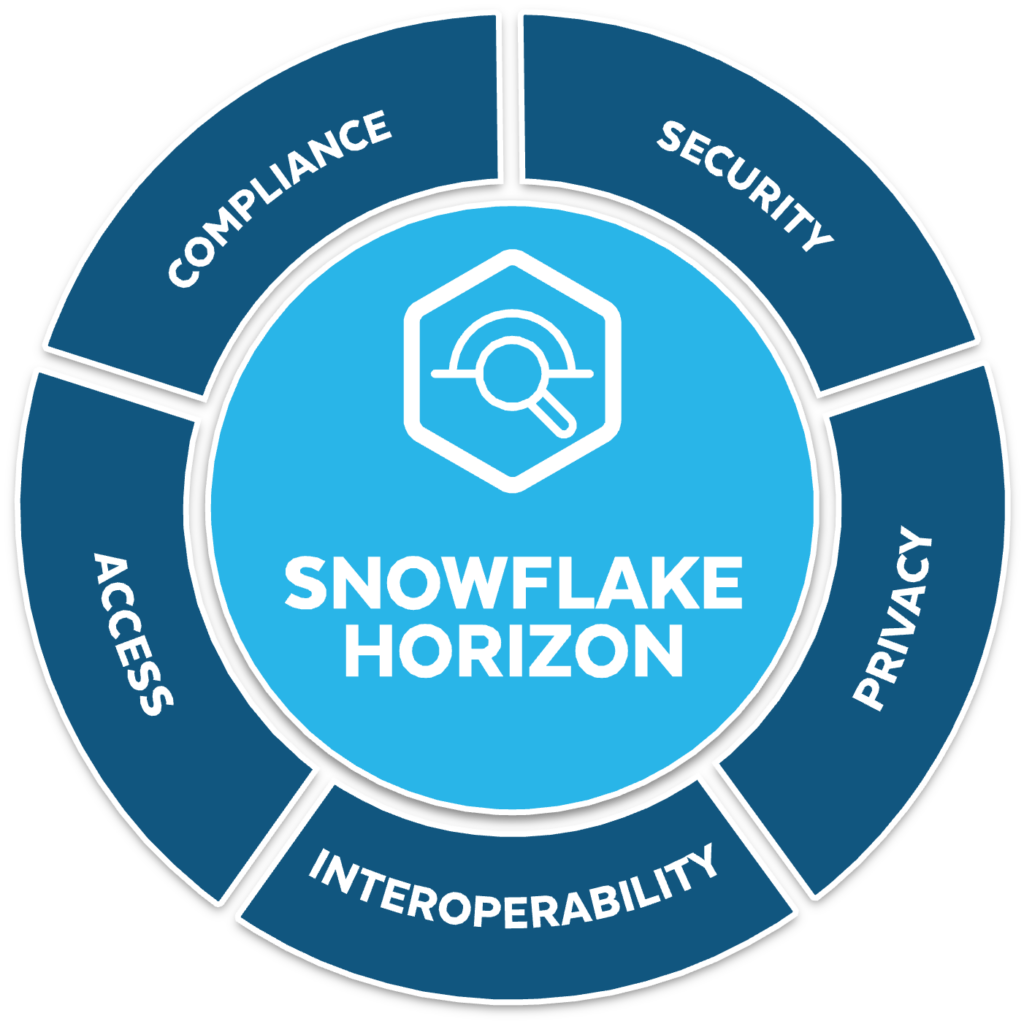Generally speaking, it takes a lot of time, money, and effort to implement application encryption. It usually necessitates a team of developers, changes to the application’s code, reviews, and a slowed-down rollout procedure. Ultimately, it is difficult to implement and can cause application problems; thus, developers tend to avoid it.
Field Level Encryption allows for the mandatory use of HTTPS for all connections to the original server. You can encrypt data fields to prevent unauthorized programs from accessing them while the system is processing them.
In this article, you will learn the following:
What is Field Level Encryption?
PPI, PHI, financial data, social security numbers, and trade secrets are a few examples of highly sensitive data used and stored by applications. Some jurisdictions require special precautions to ensure this information remains private and secure. Therefore, ensuring the safety of private information is crucial.
Role-based Access Control (RBAC), Attribute-based Access Control (ABAC), Transport Layer Security (TLS), and encryption at rest are just a few of the options available to safeguard your company’s data. Field Level Encryption is yet another cutting-edge technique that protects data from being accessed by unauthorized parties.
Field Level Encryption specifically makes it possible to give your users the ability to upload sensitive information to your web servers safely and securely. These forward-thinking encryption features have been implemented by a handful of companies, including MongoDB and Amazon CloudFront.
Your entire application stack is secure, from the edge where the user’s data is encrypted to wherever it is stored. This encryption method assures that only the required programs can access the data and that only those applications with the proper credentials can decrypt the data.
How Field Level Encryption Works
Data is encrypted by the client before it is sent over the network and saved in the database, known as Client Side Field Level Encryption (CSFLE). The same is true of data retrieval; it is sent to the client in an encrypted state and decrypted there. The client utilizes an encryption key to perform both encryption and decryption. The key is stored in a key management service during production.
Encrypted fields will appear as cipher text to any client that has access to the underlying database. Only clients with the encryption key can encrypt or decode these fields. Crucially, areas encrypted with deterministic methods still permit indexing and searching.
Application developers can still index data normally by using indexes against encrypted fields and then including newly added documents in those indexes. You can execute standard find commands to get documents, and the client will take care of encrypting the query fields before sending them to the database. Once sent to the database, they will be processed and then returned to the user in a decrypted form.
3 Key Benefits of Field Level Encryption
If the database files were encrypted while stored on the file system, an attacker will not be able to read any of the encrypted data. On the other hand, in a running instance, data is still accessible to privileged users or attackers posing as privileged users. Field Level Encryption solves this issue with these three key benefits:
1. Protect Individual Fields and Documents
All key management, encryption, and decryption processes take place independently from the database server. This makes Field Level Encryption a powerful method for protecting sensitive data at individual fields and document levels.
With Field Level Encryption enabled, sensitive data is unreadable even if a malicious administrator or user gains access to the database, the underlying filesystem, or the entirety of the server’s memory.
2. Separate Duties
Field Level Encryption is an effective method for delineating roles and responsibilities in a network. Typically, system administrators have access to operating systems, database server DBA access, logs, and backups. With Field Level Encryption, system administrators can’t see or modify encrypted data unless they receive both read and write access from the client and the keys required to decrypt the data.
3. Maintains Compliance
The use of Client Side Field Level Encryption architectures has the potential to fulfill multiple regulatory requirements. Compliance with the “right to be forgotten” provision gets simplified by new privacy legislation such as the General Data Protection Regulation (GDPR). Data in an application can get deleted forever if the keys to access them get destroyed.
All of these advantages are free from major costs. In high-volume, read-intensive applications, the net impact of Field Encryption’s extra delay to encrypt and decrypt data is often less than 5-10%. Most significantly, there is no noticeable decrease in speed for programs that cannot execute read and write operations on encrypted data.
Field Level Encryption Best Practices
While there are advantages to using Field Level Encryption there are some drawbacks. Due to their limited utility, working with encrypted fields requires additional caution. Fields with Encryption:
- Are invalid for use in Reports everywhere, including as inputs or outputs
- They are not part of the Business Objects database; thus, they cannot get indexed there
- You cannot use it in place of ordinary fields in searches, grid displays, or other places
- Cannot use lifecycle state, default values, or computed values
- Cannot utilize auto-population or validation
- It cannot exceed 255 characters
- You cannot restore them to their original, unencrypted form
Thus, for best results, use the following best practices when encrypting at the field level:
- Before you encrypt Fields, make a copy of your CSM database in case something goes wrong
- Generate separate encryption keys for each Major Business Object that will make use of Field Level Encryption
- Always use a unique encryption key for each environment (development, testing, and production) to prevent any accidental data loss
- Have a backup of your encryption keys
- Create a new Field for optimal performance
Conclusion
Field-Level Encryption’s security features come in handy for firms that use cloud services. Field Level Encryption alleviates common security issues when migrating database workloads to managed services in the cloud by providing granular control and administration of encryption keys.
Satori provides universal dynamic data masking capabilities to ensure that all sensitive data is secured. Satori’s masking capabilities are independent of your platform’s native capabilities and can be scaled and applied without writing additional code.
To learn more:
- Book a demo with one of our experts
- Satori’s Dynamic Masking Capabilities



